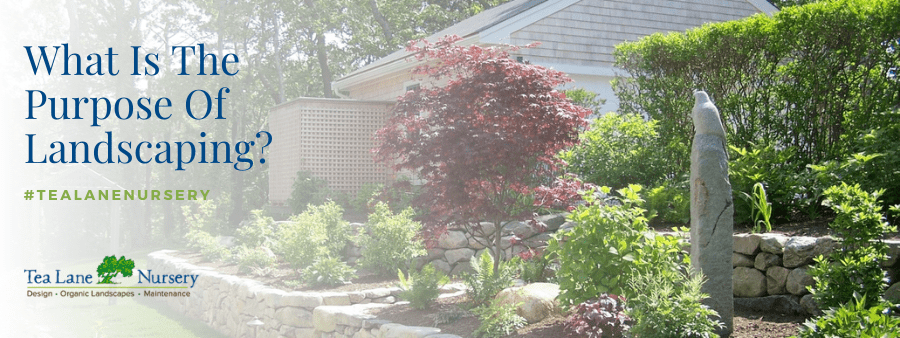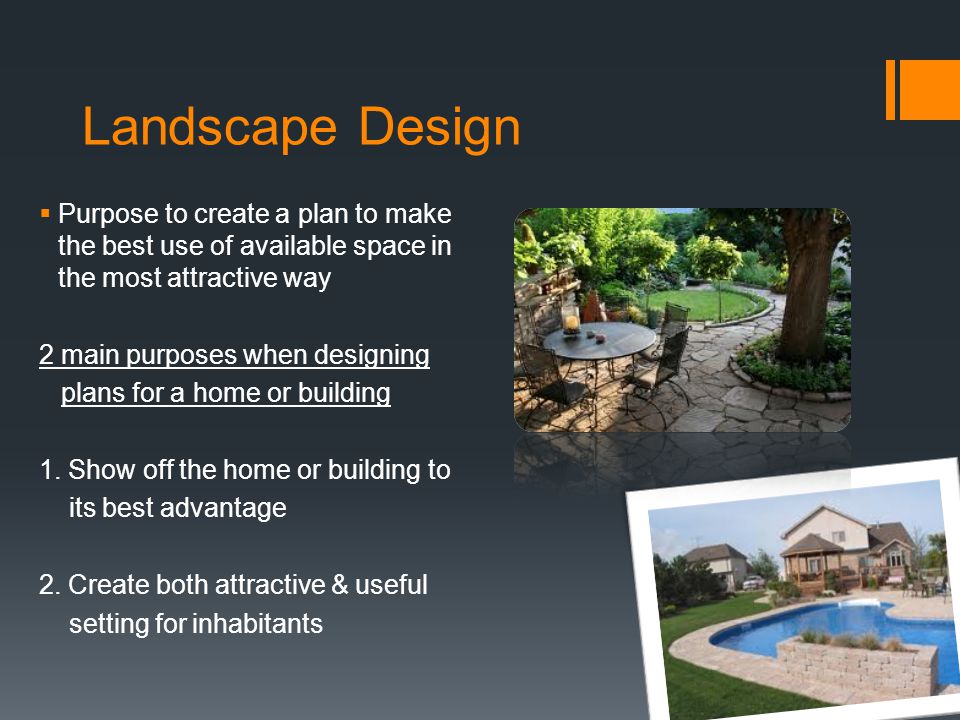The Ultimate Guide To Hilton Head Landscapes
The Ultimate Guide To Hilton Head Landscapes
Blog Article
Some Of Hilton Head Landscapes
Table of ContentsThe Best Strategy To Use For Hilton Head LandscapesSee This Report about Hilton Head LandscapesHilton Head Landscapes for DummiesHilton Head Landscapes - QuestionsGetting My Hilton Head Landscapes To WorkThe 6-Minute Rule for Hilton Head LandscapesGetting The Hilton Head Landscapes To WorkThe Buzz on Hilton Head Landscapes
Form compatibility is also a major element of unity in designone or 2 strikingly different types are great for contrast and focus, yet normally all various other kinds must have some resemblances for an unified appearance. Structure describes how crude or fine the surface of the plant or hardscape product feels and/or looks.
Examples of plants with rugged appearance consist of philodendrons, agaves, bromeliads, hollies, hands, and hydrangeas. Characteristics that produce fine appearance consist of tiny vegetation; thin, strappy fallen leaves (grasses) or tall, slim stems; tiny, thick branches and small branches; long stems (vines); and tiny, delicate blossoms.
The Only Guide for Hilton Head Landscapes
A lot of plants are medium texture, in that they can not be described as having either crude or fine texture. Medium-textured plants act as a history to web link and combine the rugged- and fine-textured plants.

To make a room really feel smaller, put the coarse structures along the outer perimeter and the fine textures closest to the customer. The information of the rugged structure makes the plants appear closer and makes the area feel smaller. The regarded texture of plants can also change with the range from the plant.
All About Hilton Head Landscapes
Bold colors boost the comparison and make the appearance show up coarser, while low-key colors can flatten structure. Hardscape with a crude texturesuch as really harsh rocks and bold, huge timberstends to make all plant product show up more moderate textured. Designers often create a structure research (Number 8) on paper to help choose the setup of plant materials.
Figure 8. Structure research study. Color in plant product and hardscape includes interest and selection to the landscape. Shade is one of the most conspicuous component in the landscape and is typically the emphasis of most property owners; nevertheless, it is additionally one of the most short-term aspect, usually lasting just a couple of weeks a year for individual plants.
Hilton Head Landscapes Things To Know Before You Get This
A straightforward description of the color wheel includes the three primaries of red, blue, and yellow; the three secondary shades (a mix of two primaries) of eco-friendly, orange, and violet; and six tertiary colors (a mix of one adjacent primary and second shade), such as red-orange. Shade theory explains the relationship of colors to each other and just how they need to be made use of in a composition.

Comparable (often called harmonious) color pattern are any three to 5 shades that are surrounding on the shade wheel, such as red, red-orange, orange, yellow-orange, and yellow, or blue, blue-violet, and violet (Landscapers near me). The shades belong to each other due to the fact that they generally include two primary colors blended to develop a secondary and two tertiary shades, which suggests they share usual properties
Complementary shades are usually located naturally in flowers; a common pair is yellow and violet. Shade is discovered in the blossoms, vegetation, bark, and fruit of plants.
Unknown Facts About Hilton Head Landscapes
Eco-friendly vegetation in all its different tones is the leading color by quantity, but other colors capture focus quicker due to the fact that of their high contrast to the shade green. Color is likewise found in buildings, rocks, pavers, wood, and furniture. A lot of shades in natural materials, such as rock and timber, are typically muted and have a tendency to be variants of brown, tan, and light yellow.
Shades have homes that can impact feelings, spatial understanding, light high quality, balance, and emphasis. Great shades tend to be relaxing and ought to be made use of in locations for relaxation and calmness.
All about Hilton Head Landscapes
Awesome colors often tend to recede and are viewed as being further away, making a space feel bigger. Color can additionally be made use of to capture interest and straight views.
For instance, brilliant yellow, which has the greatest intensity, likewise has visit this site a high comparison with all other shades (usually called a "pop" of shade) and should be used moderately. A percentage of intense shade has as much aesthetic weight as a large amount of a much more subdued or weaker color.
Comparable (occasionally called unified) color pattern are any three to 5 colors that are adjacent on the color wheel, such as red, red-orange, orange, yellow-orange, and yellow, or blue, blue-violet, and violet. The colors belong to each other due to the fact that they usually consist of 2 primaries mixed to form a second and 2 tertiary shades, which suggests they share typical residential or commercial properties.
Rumored Buzz on Hilton Head Landscapes
They often tend to have high contrast between them. One of the most common sets are violet and yellow, red and eco-friendly, and blue and orange. Corresponding colors are typically discovered normally in blossoms; a typical set is yellow and violet. Color is discovered in the flowers, foliage, bark, and fruit of plants.
Environment-friendly vegetation in all its different tones is the dominant color by amount, however other shades catch attention more easily due to the fact that of their high comparison to the shade environment-friendly - bluffton landscaping - https://www.openstreetmap.org/user/h1tnhdlndscps. Color is also found in structures, rocks, pavers, timber, and furnishings. Most shades in all-natural products, such as rock and wood, are generally muted and tend to be variants of brown, tan, and pale yellow
The Definitive Guide for Hilton Head Landscapes
Shades have homes that can affect feelings, spatial perception, light quality, equilibrium, and focus. Cool shades have a tendency to be relaxing and ought to be made use of in locations for leisure and tranquility.
Amazing shades often tend to decline and are viewed as being farther away, making a room feel larger. Shade can likewise be made use of to capture attention and straight views - https://www.gaiaonline.com/profiles/h1tnhdlndscps/46738857/.
Brilliant yellow, which has the highest strength, additionally has a high comparison with all other shades (commonly defined as a "pop" of shade) and ought to be used moderately. A small quantity of intense shade has as much visual weight as a big quantity of a much more controlled or weak color.
Report this page